Daina Bouquin
Head Librarian, Harvard-Smithsonian Center for Astrophysics

What now?
Preserving
Harvard's
Early
Data and
Research in
Astronomy
Findable
Accessible
Interoperable
Reusable

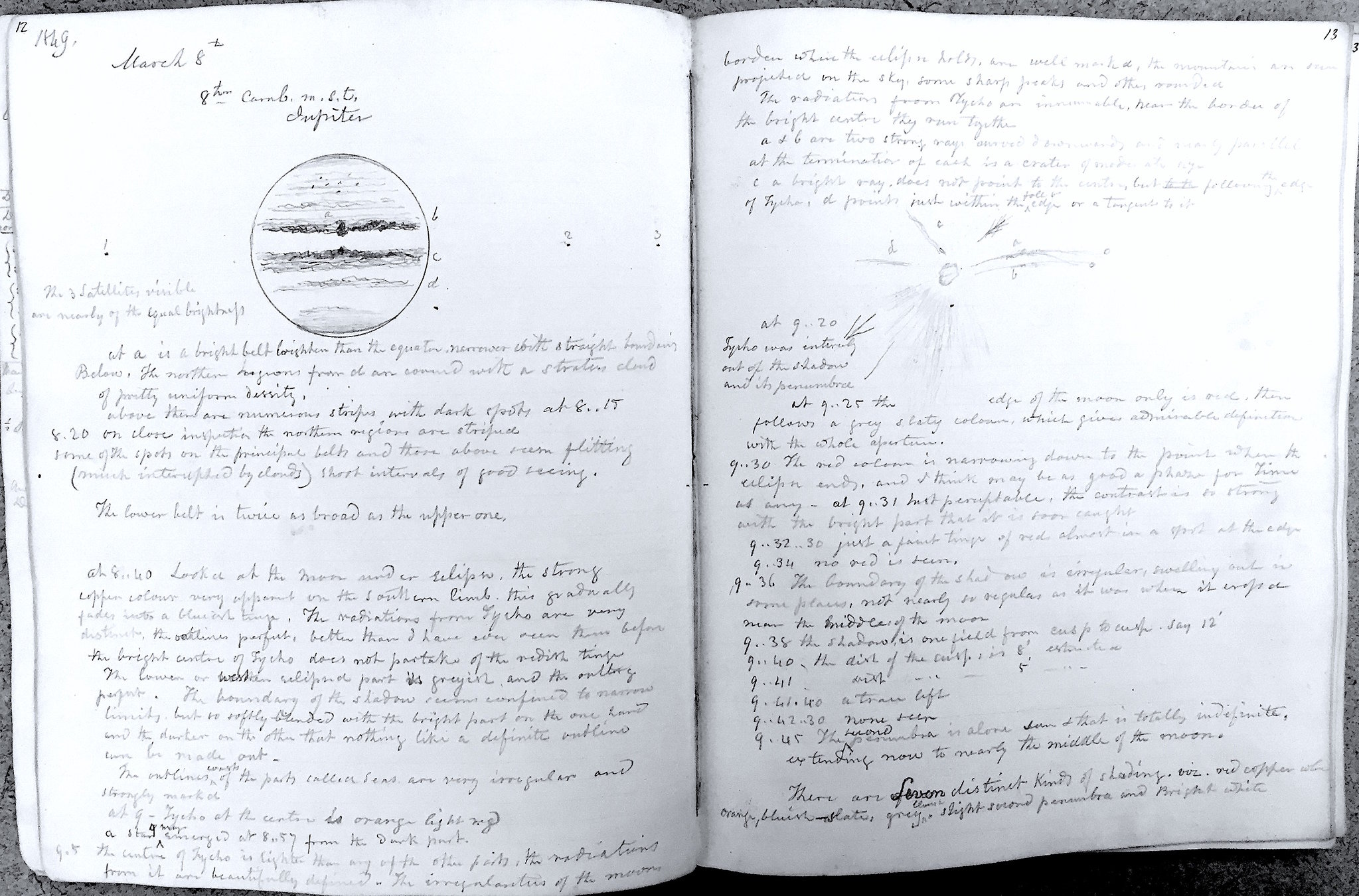
1. Digitize entire collection
2. Index collection in HOLLIS and on ADS
3. Transcribe as much of the collection as possible (women computers first priority)
4. Enrich metadata to enable full-text search and cross-reference other digital objects
Initial Goals
In-progress
In-progress
and expanding





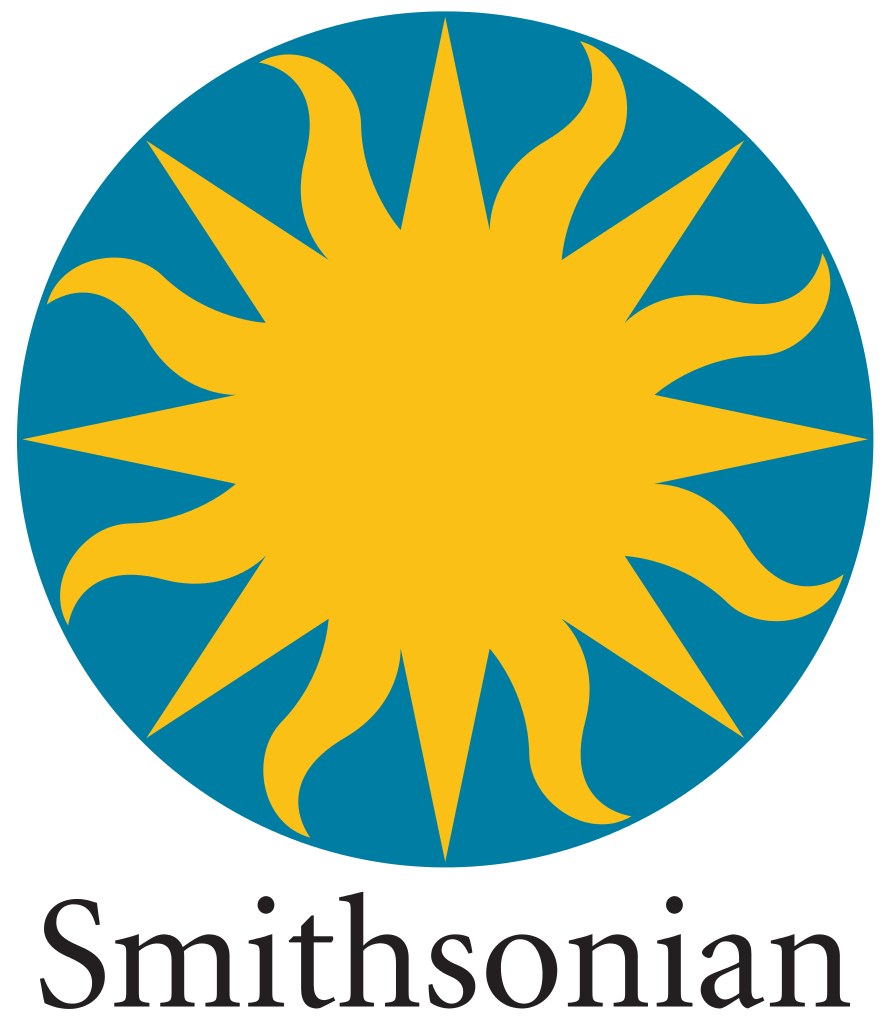

Project
Partners

Multiple Workflows
Box Workflow

Hard Drive
Workflow

Digital Image
Workflow


Custom DB to Manage Distributed Workflow
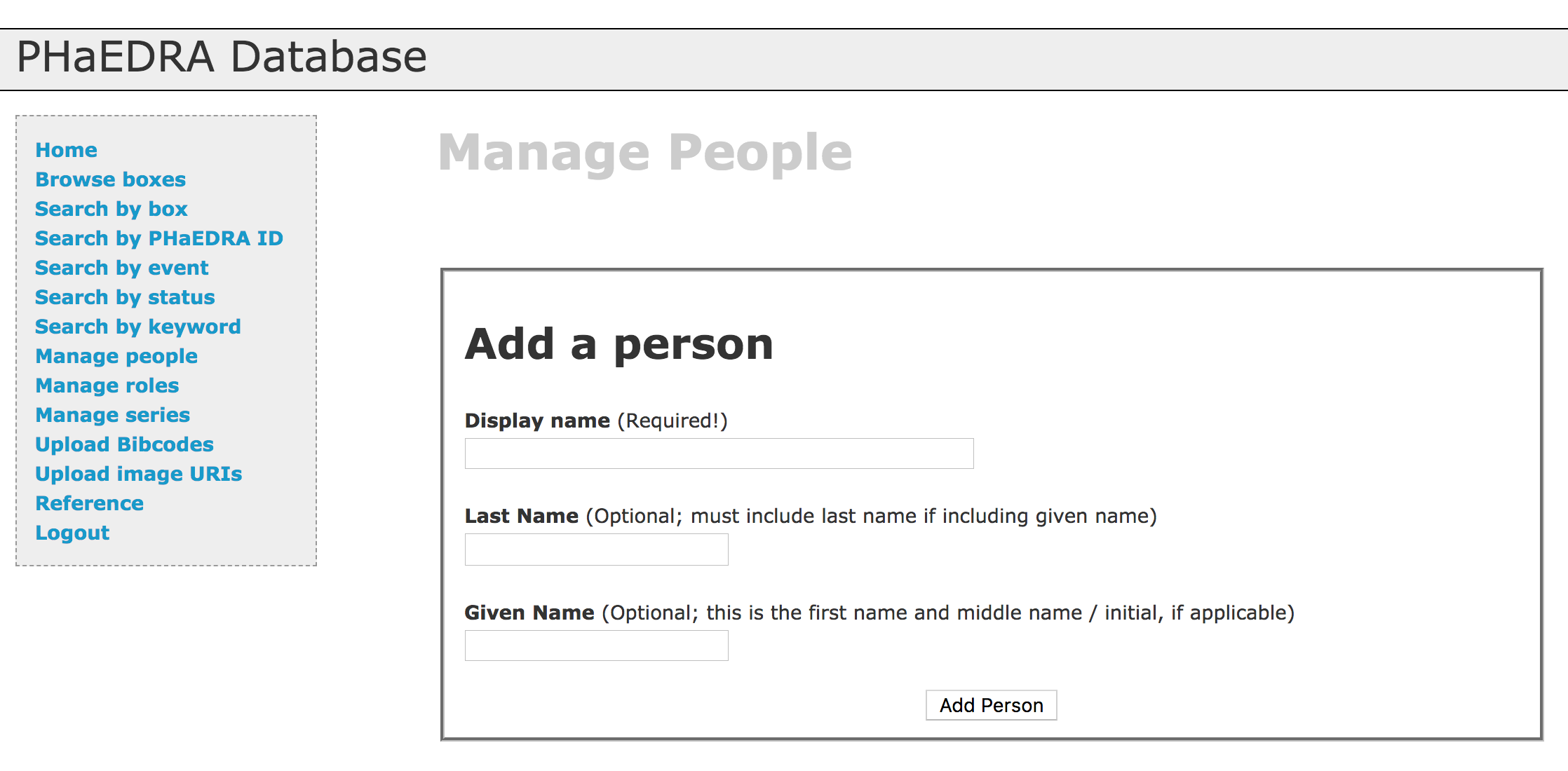
Search functions
Curatorial tasks
Documentation
Centralizing authority information to track full workflow and manage metadata



Funding
Beyond Proof of Concept
-
Smithsonian Women's Committee
- Outreach and physical conservation of materials
-
FAS Digitization Review Committee
- Funding to complete all scanning (projected Jan. 2019)

Expanding Reach and Supporting Education
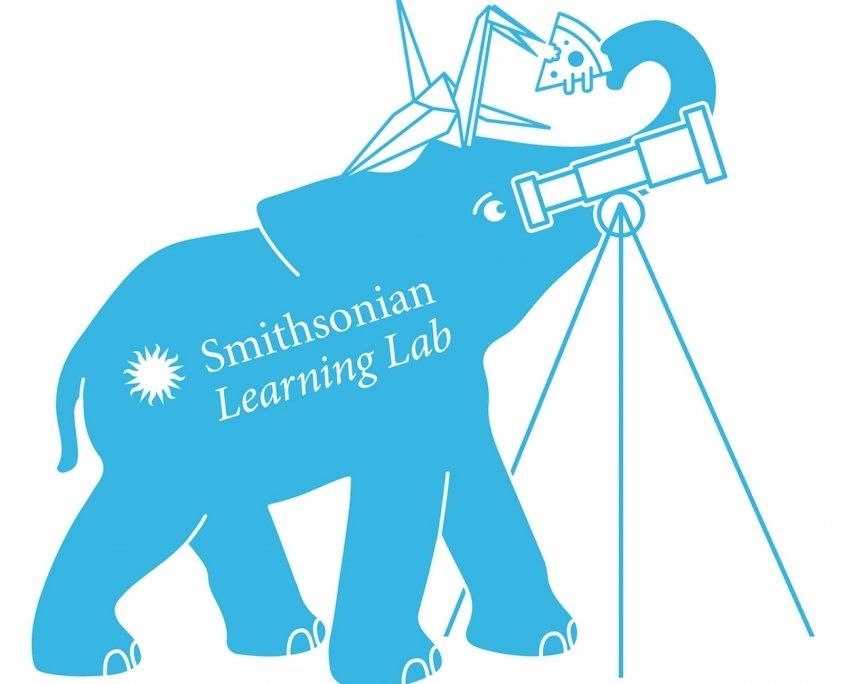

Outreach to the Transcription Community



Amplifying DASCH


Expanding Our Goals
Findable
Accessible
Interoperable
Reusable
Most of our focus so far
Next steps!

What about the rest of it???
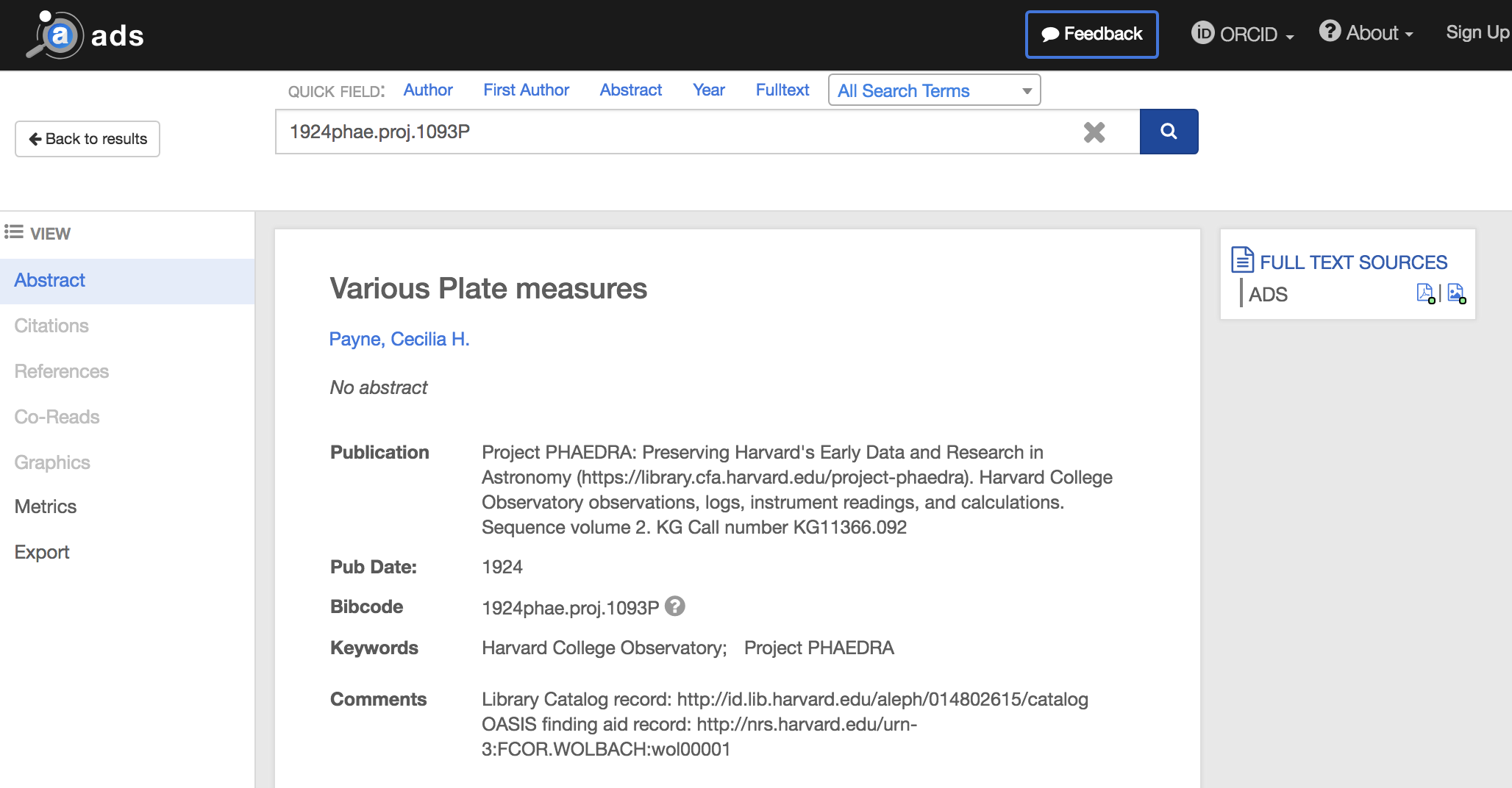


Potential for Interoperability
PDF from Transcription Center indexed by ADS could link to DASCH


Connecting to DASCH records




It is possible to connect DASCH metadata to PHaEDRA logbooks
This isn't just a novelty
If we want people to be able to use historical resources they need to be accessible using modern interfaces and findable alongside contemporary research artifacts
PHaEDRA isn't about being able to find and search logbooks
The logbooks are an anchor for connecting historical research objects to the modern digital research landscape
If we create bridges people won't just
find DASCH photometry data either
DASCH metadata is valuable:
Simbad objects, telescope metadata, observing locations, fitting software, publications, etc.
All of these things can be made available for
over one hundred years
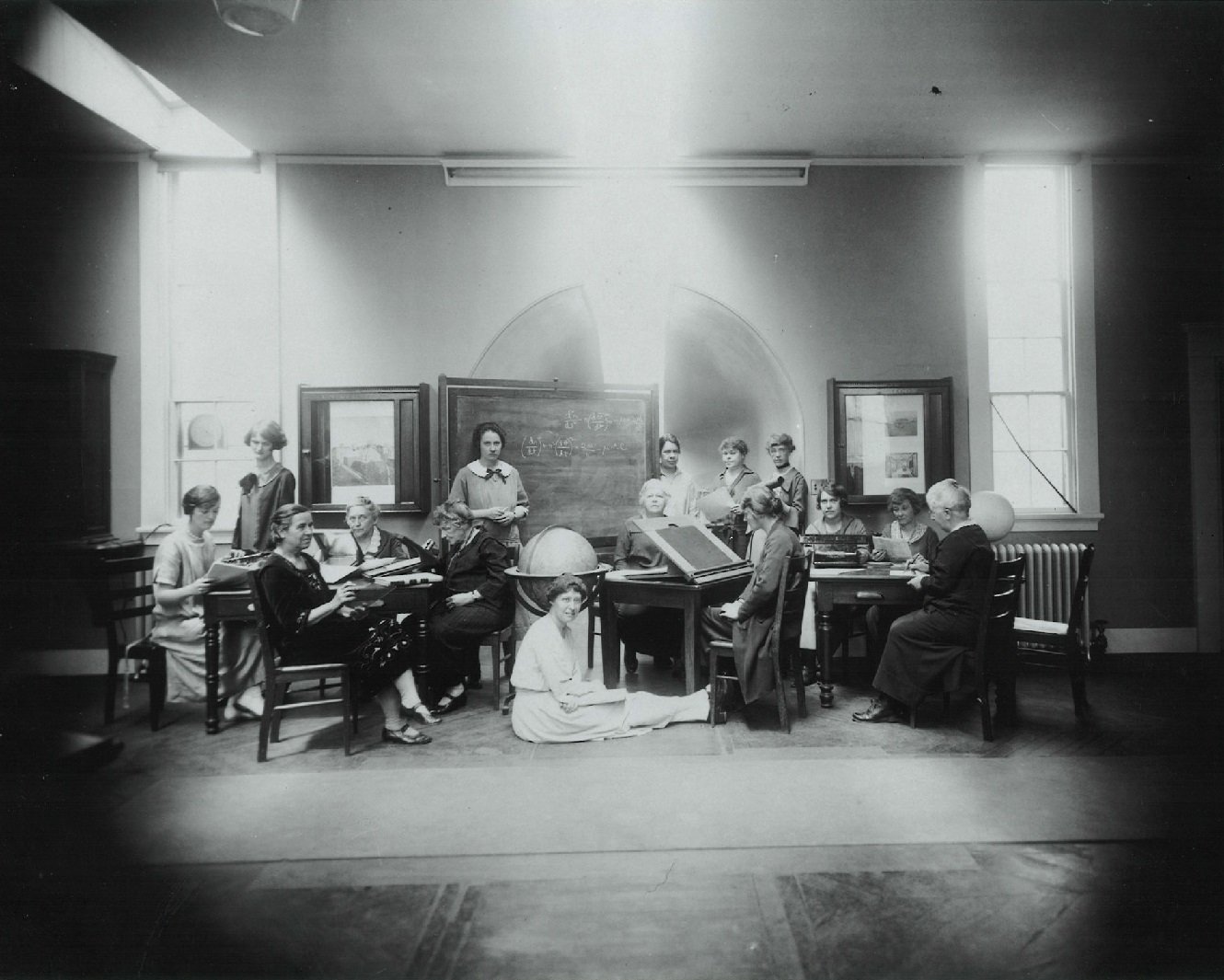
and we can connect their legacy to the work scientists are doing now
Challenges
- DASCH needs a secure API
- Metadata architecture adjustments
- Transcription is time consuming!
- DASCH needs a bibgroup for publications
- Data is living on the cluster (long term preservation/access?)
- Time/resources in the library/among DASCH staff are limited
- DASCH-PHaEDRA connections are possible but complicated while DASCH scanning is in-progress

New Partnerships to Help Address Transcription Bottleneck

Next: create a separate project to find plate numbers and tag sketches
- Plate numbers are messy in the logbooks/difficult to cross-reference given non-uniform structure
-
Sketches could be annotated by professionals to make them more helpful and accessible via screen readers
- Tagging sketches will also allow us to explore algorithmic approaches to identifying interesting pages in other types of archival documents

But this is all just a start.
Wolbach staff are learning what resources they need to develop and what would be needed to make these things happen.
To be continued...
PHaEDRA: What Now?
By Daina Bouquin
PHaEDRA: What Now?
Presentation to the staff of the DASCH project (Digital Access to a Sky Century at Harvard). Oct. 16, 2018
- 971



